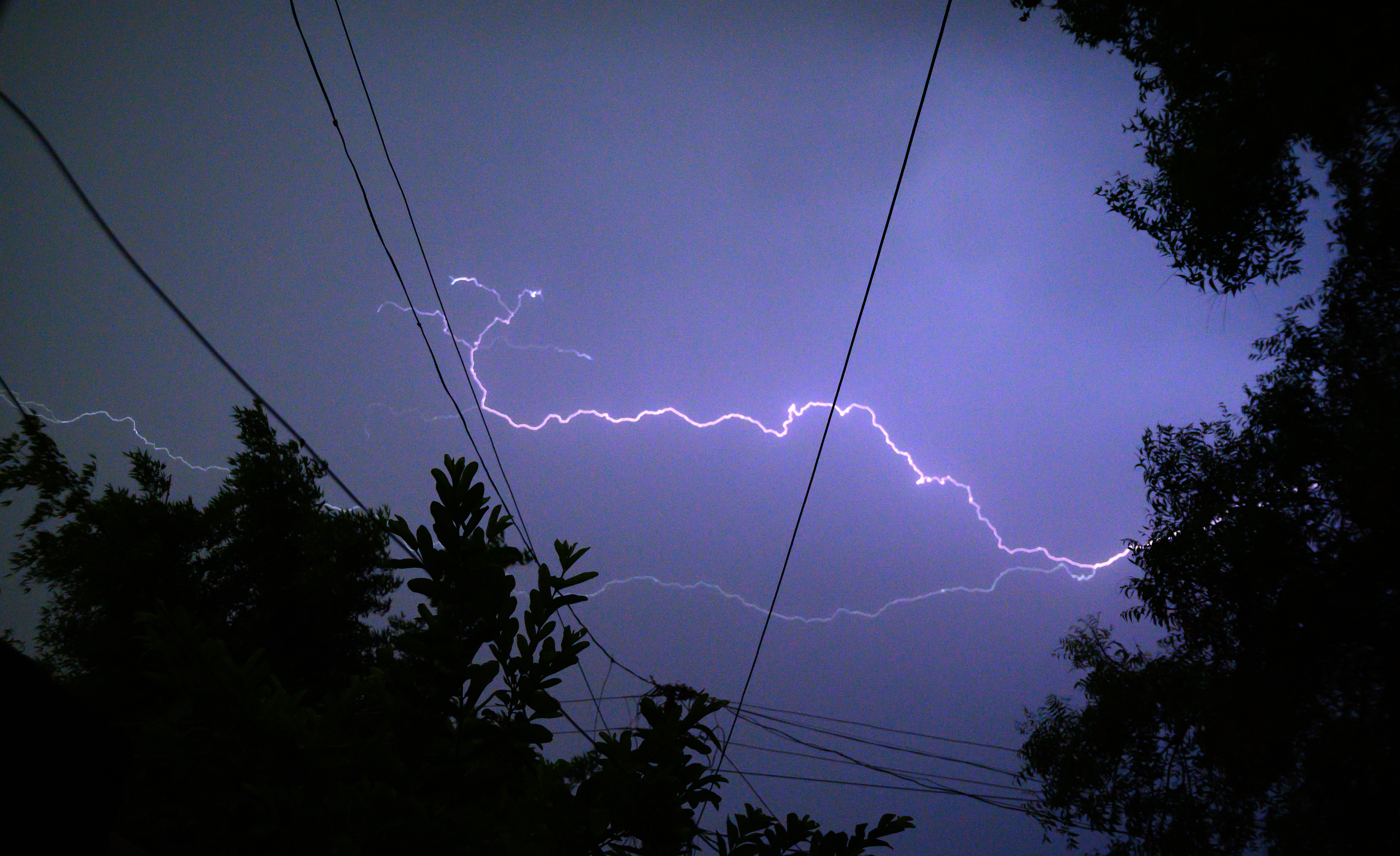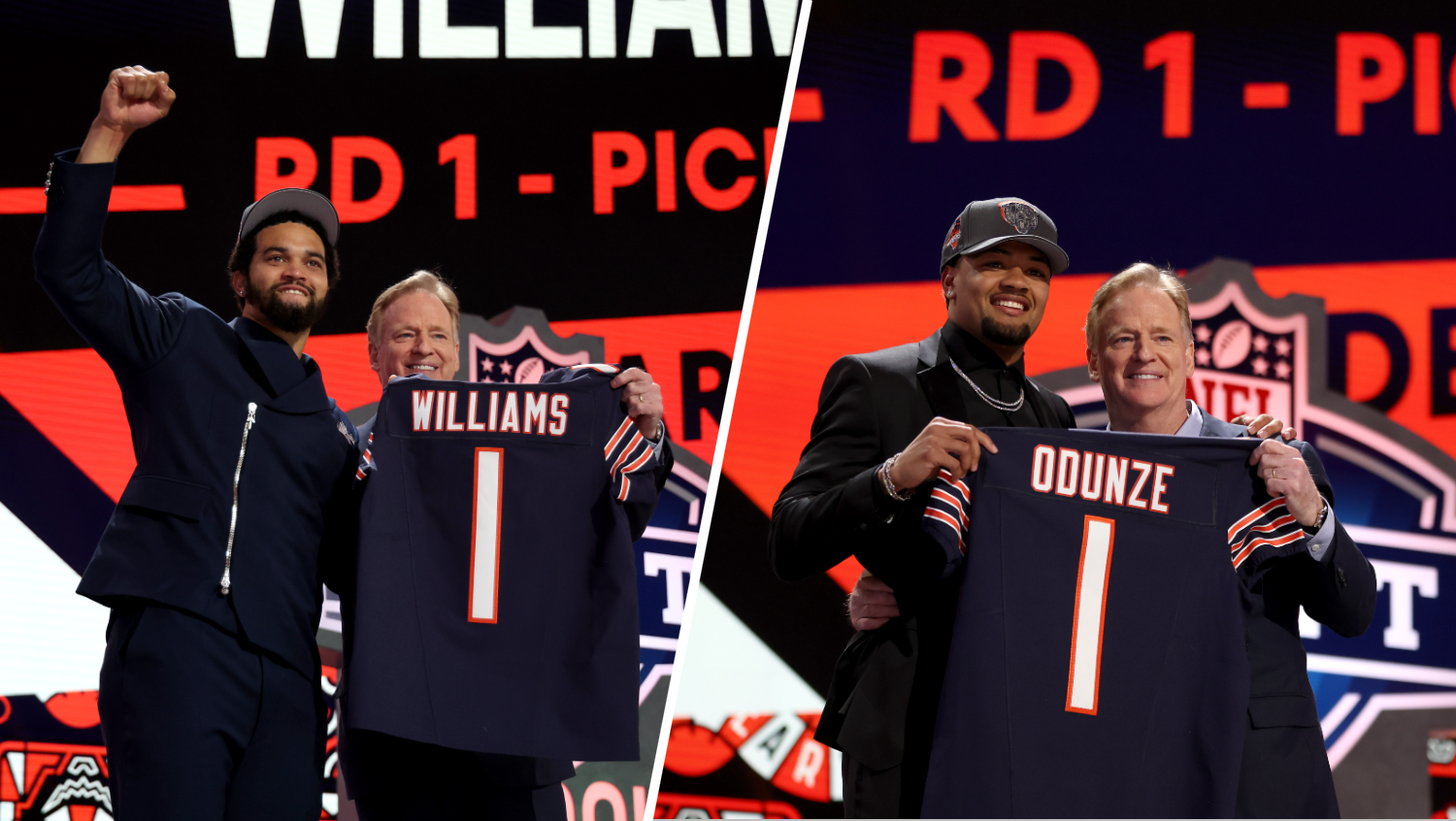As COVID guidelines continue to relax across the U.S., should you still be wearing a mask?
While mask mandates are no longer in place, there are still some guidelines experts say you should follow.
First, the Centers for Disease Control and Prevention's new guidance states that those who are exposed to someone with COVID-19 should wear a high-quality mask for 10 days, and test themselves after day five.
Those who test positive, but end isolation after five days need to wear a mask through day 10 - with on caveat.
Feeling out of the loop? We'll catch you up on the Chicago news you need to know. Sign up for the weekly Chicago Catch-Up newsletter here.
The CDC also notes that if you have access to antigen tests, "you should consider using them."
"With two sequential negative tests 48 hours apart, you may remove your mask sooner than day 10," the guidance states, adding that if your antigen test results are positive, "you may still be infectious."
Those who continue to test positive should continue masking.
Local
"You should continue wearing a mask and wait at least 48 hours before taking another test," the CDC recommends. "Continue taking antigen tests at least 48 hours apart until you have two sequential negative results. This may mean you need to continue wearing a mask and testing beyond day 10."
But outside of the isolation and exposure guidelines, how often should people be wearing masks?
Masks continue to be recommended only in areas where community transmission is deemed high, or if a person is considered at high risk of severe illness.
Several counties in the Chicago area were last listed under the "high" category.
"COVID isn't over," said Dr. Sharon Welbel, the director of Hospital Epidemiology and Infection Control for Cook County Health. "I know, you know, being outside... it just feels like most people feel like it's over now and it's not over. And you know, I think that if people don't want to get COVID and they feel like they want to wear a mask indoors, there should be no shame associated with that."
Welbel said that's especially true with school-aged children.
Masks will be optional in most districts when classes resume this fall, and some of the nation’s largest districts have dialed back or eliminated COVID-19 testing requirements.
In Chicago's public schools, masking will not be required in most situations, but is still “strongly recommended.” Masks will be available to those who request them, according to officials.
In certain instances, however, masking will be required.
Meanwhile, Kentucky's largest school district will require universal masking on school property as Jefferson County moves into the highest level of COVID-19 community spread.
Chicago Department of Public Health commissioner Dr. Allison Arwady has said the city is staying away from a mask mandate, with hospital capacity still adequate to meet the current needs of patients.
“I do not anticipate a mask and indoor mask mandate requirement coming soon. Where we would put an indoor mask requirement back in place is if we’re seeing our health care system getting threatened,” she said last month.
Still, around the world, countries seeing a rise in cases are starting to bring back certain COVID requirements.
The German government last week said basic coronavirus requirements would remain in place during the coming fall and winter, when experts expect COVID-19 cases to rise again as people spend more time indoors.
At the same time, the Indian capital has reintroduced public mask mandates as COVID-19 cases continue to rise across the country.
But it's not just COVID people should think about when considering mask-wearing in the coming months.
With fall and winter approaching, along with flu season, Welbel noted that other respiratory viruses can also be slowed by the practice.
"Unless behavior changes and people go back to mask-wearing, we will see a lot more of all of these respiratory viruses," Welbel said. "We're already seeing some influenza."
Whether or not the country will see rates exceeding pre-pandemic levels for other respiratory viruses this fall and winter, however, remains to be seen.
"During COVID, when people were wearing masks, we hardly saw any of the respiratory viruses circulating. We'd have clusters of RSV and so forth, but - and we did have a fair amount of influenza in our area here this last flu season - but we will see more," Welbel said. "I don't know if it'll... be out of proportion to what we've seen historically. There's no question without mask wearing we'll see more COVID, more flu, more RSV, lots - I could name a lot of the other respiratory viral viruses- we'll see all of them. And again, if people don't want to get them they can wear masks."
Both Arwady and Welbel said they continue masking in indoor settings.
"I am very careful. I wear my mask indoors, I test a lot, I follow my own advice and, you know, I haven't actually had [COVID]," Arwady said last week. "And I'm pleased about that."
"I always wear a mask indoors. I mean 100% of the time," Welbel told NBC 5, though she stressed that "at this point, it's come to personal decision."



